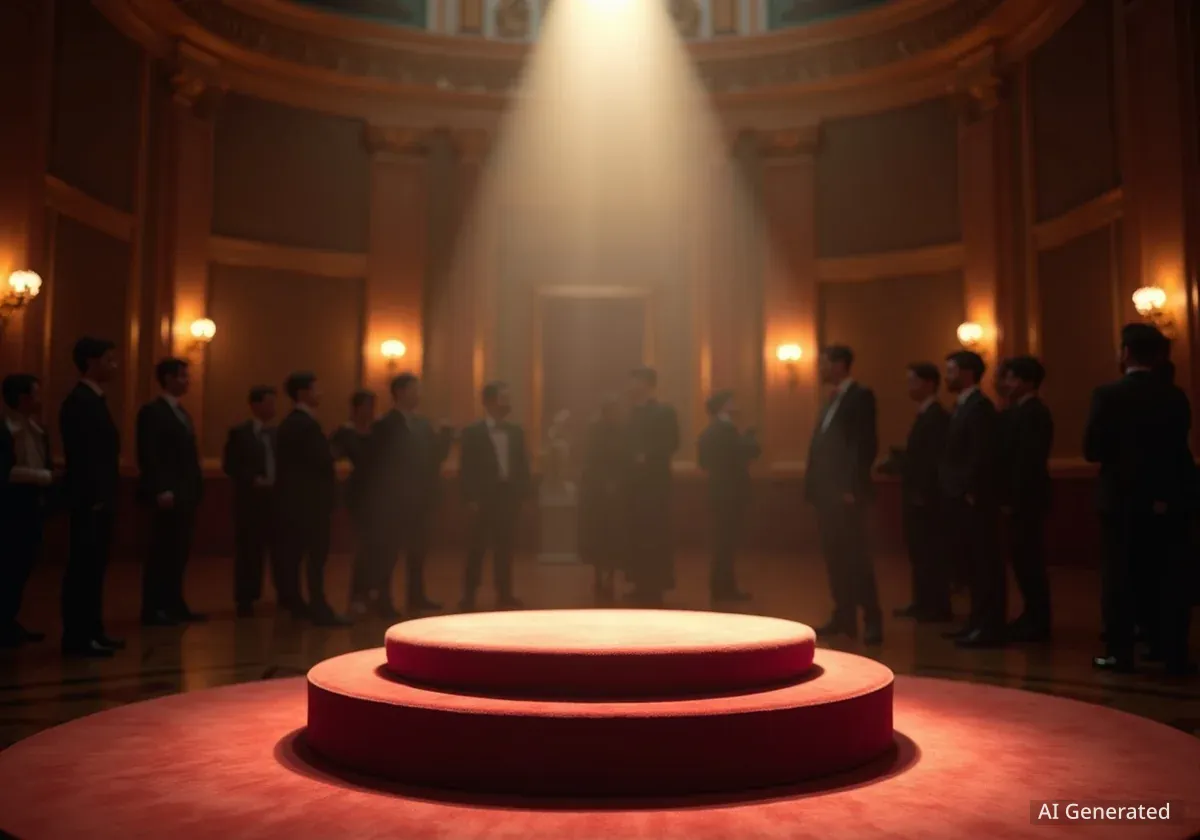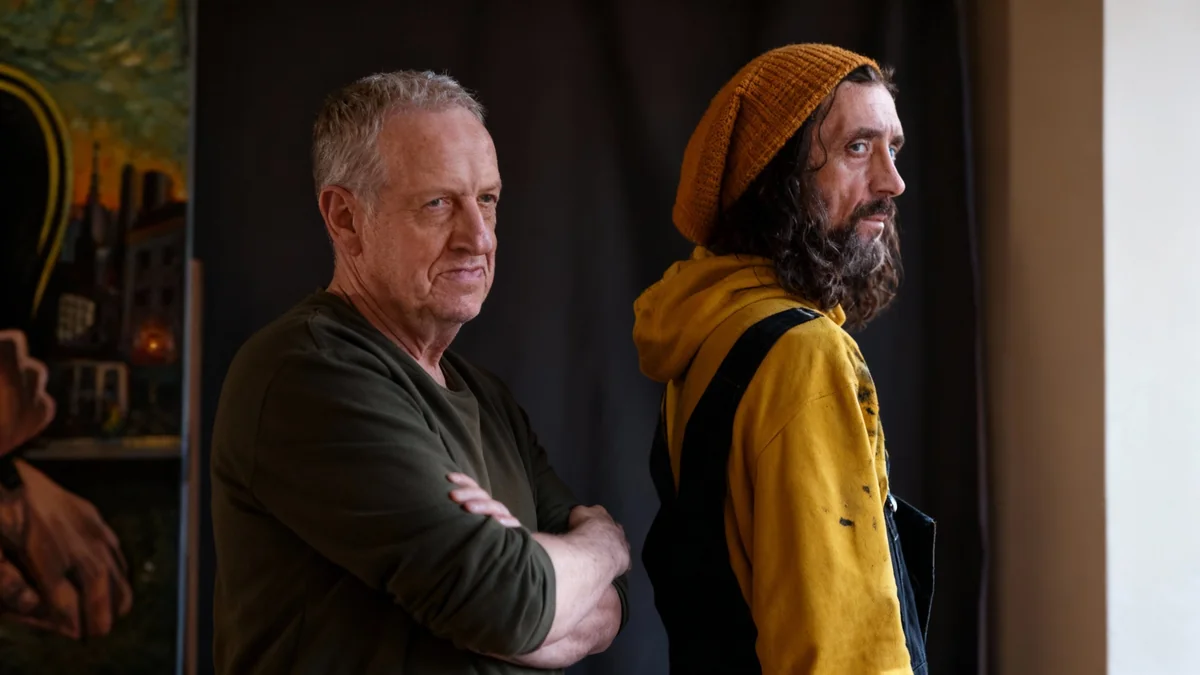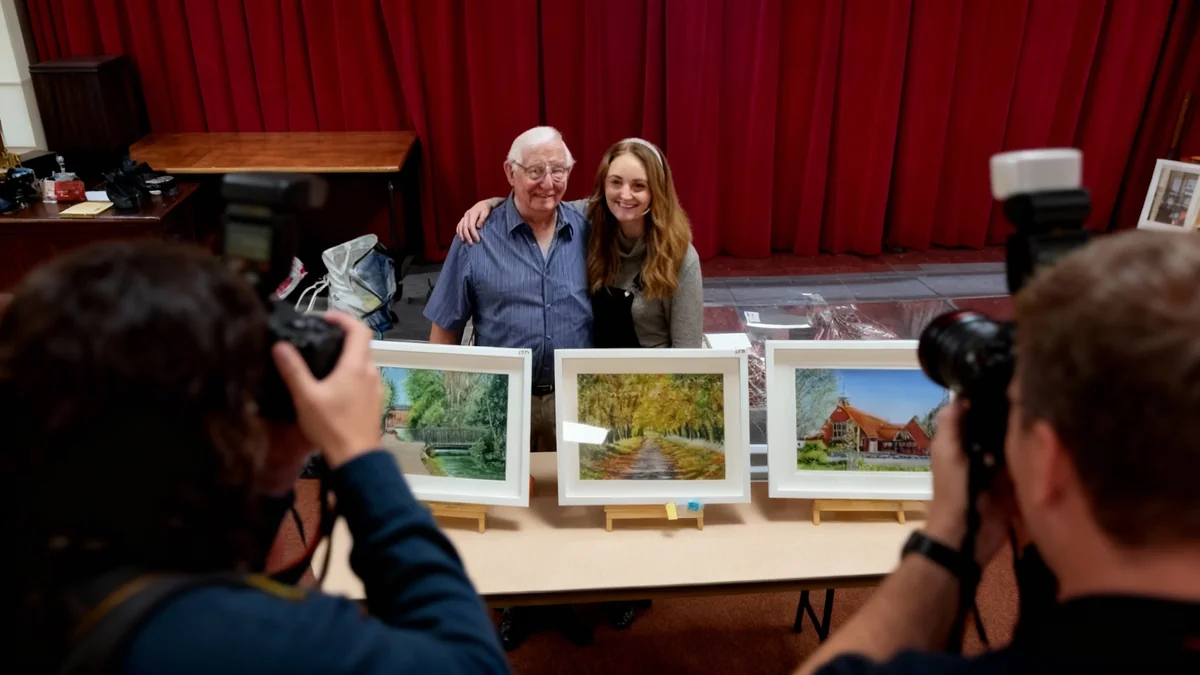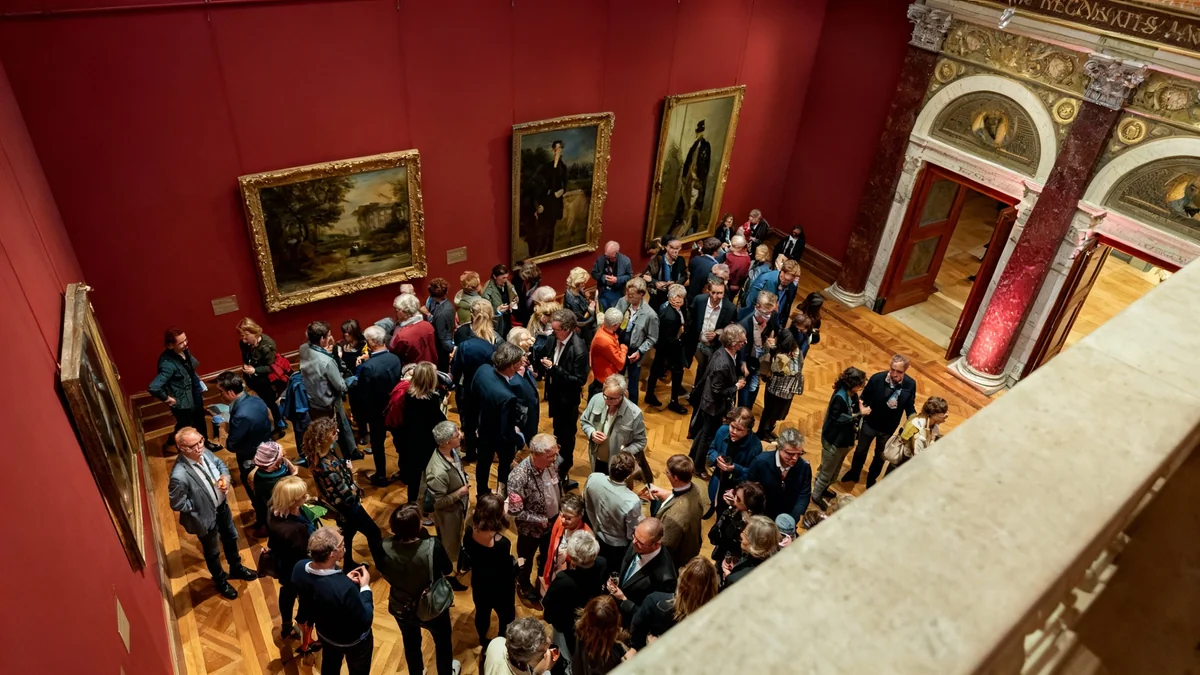A significant oil painting by Pablo Picasso, which has not been seen by the public for over 80 years, is scheduled for auction in Paris next month. The artwork, titled "Bust of a Woman in a Flowery Hat," portrays Dora Maar, a French photographer and painter who was one of Picasso's most recognized muses and a lover. This discovery is considered a major historical and artistic event due to its long absence from public view.
Key Takeaways
- Picasso's "Bust of a Woman in a Flowery Hat" will be auctioned.
- The painting depicts Dora Maar, a key figure in Picasso's life.
- It has been unseen by the public for over 80 years.
- The artwork was created in July 1943 during the Nazi occupation of Paris.
- Experts expect it to sell for at least $9.45 million.
A Hidden Masterpiece Emerges
The painting features Dora Maar wearing a bright, flowery hat. The hat is made up of pastel green, blue, and yellow strokes. Despite these vivid colors, Maar's expression in the portrait is one of concern. This notable artwork was created in July 1943, a period when Paris was under Nazi occupation.
Art expert Agnès Sevestre-Barbé describes the piece as "a canvas of major historical and artistic importance." She emphasizes its significance, noting that it has remained out of public sight for more than eight decades. This makes its upcoming auction particularly noteworthy for the art world.
Painting Details
- Title: "Bust of a Woman in a Flowery Hat"
- Artist: Pablo Picasso
- Subject: Dora Maar
- Creation Date: July 1943
- Dimensions: 81 x 60 centimeters (32 x 24 inches)
- Auction Date: October 24
Dora Maar's Role in Picasso's Art
Dora Maar was a central figure in Picasso's life and work for many years. She served as his principal model during the summer of 1943, even as Picasso began to encounter other artists. According to Sevestre-Barbé, Picasso met Françoise Gilot in May 1943. Gilot would later bring a "clearer, brighter spirit" to his art after the war. However, Maar remained his primary inspiration at the time this portrait was painted.
The newly discovered portrait of Maar has a unique history. It was acquired by an unnamed collector in 1944. Since then, it has remained within the same family. Sevestre-Barbé confirms that, to their knowledge, the painting has never been publicly exhibited or sold at auction before. This adds to its rarity and appeal.
"It was in May 1943 that Picasso met the young painter Françoise Gilot, who, after the war, would bring a clearer, brighter spirit to his work. But in the summer of 1943, Dora remained his principal model," said Agnès Sevestre-Barbé, an art expert, in an essay for Lucien Paris auction house.
Anticipated Auction Price and Expert Opinions
Reuters news agency reports that the painting is expected to sell for at least $9.45 million. However, some experts believe its final price could be even higher. Arthur Brand, a Dutch art historian, shared his expectations with CNN. He stated that he believes the painting will fetch more than its initial estimates.
Brand is an art crime investigator known for recovering over 200 works of art, including pieces by Picasso. He expressed excitement about the painting's sudden reappearance. "Picasso, as we all know, is one of the greatest artists of the 20th century, and so every time something like this pops up, it’s exciting," Brand said. He noted that some paintings remain with the same family for decades, as this one has since 1944.
The Somber Tone of the Portrait
Brand observed that the depiction of Maar in this painting gives a "more sad impression" compared to some of Picasso's earlier portraits of her. He suggested that "it seems like she is crying." Several factors might have contributed to this somber mood captured by Picasso.
At the time the painting was created, the relationship between Picasso and Maar had "more or less ended," according to Brand. Furthermore, Paris was still under Nazi occupation. This difficult environment likely affected both the artist and his muse. Picasso may have worried about his ability to sell or exhibit his art in the future, with his own sadness potentially reflected in the work.
Historical Context
The painting was created during a challenging period in history. Paris was occupied by Nazi forces in July 1943. This brought significant restrictions and anxieties for artists and citizens alike. The emotional state of both Picasso and Maar at this time may be visible in the artwork's tone.
Dora Maar: Beyond the Muse
Dora Maar, born Henriette Theodora Markovitch in 1907, had a significant artistic career of her own. She grew up between Argentina and France, studying in Paris before becoming involved in commercial and fashion photography. She was a talented photographer and painter, recognized for her independent work.
Maar was aware of how her turbulent relationship with Picasso overshadowed her own artistic endeavors. According to her friend, American art writer James Lord, Maar once said, "I’m still too famous as Picasso’s mistress to be accepted as a painter." She also reportedly described Picasso's portraits of her as "lies."
Later in her life, Maar largely moved away from photography. She focused more on painting and found comfort in poetry, religion, and philosophy. This shift in her artistic and personal life is documented by London's Tate Modern art gallery.
- Other Notable Picasso Portraits of Maar:
- "Weeping Woman" (1937) – A powerful work reflecting the Spanish Civil War.
- "Portrait of Dora Maar" (1937)
- "Dora Maar au Chat" (1941)
Auction Details and Authenticity
The painting, measuring 81 by 60 centimeters (32 by 24 inches), bears Picasso's signature in the upper-left corner of the canvas. It is set to be auctioned on October 24. Ensuring its authenticity, the buyer will receive a certificate from the Comité Picasso. This committee was specifically established to verify the originality of the artist's works.
This upcoming auction offers a rare opportunity for collectors and art enthusiasts. It brings to light a piece of art that has been hidden for generations, providing new insights into Picasso's work and his relationship with Dora Maar during a pivotal historical period.




